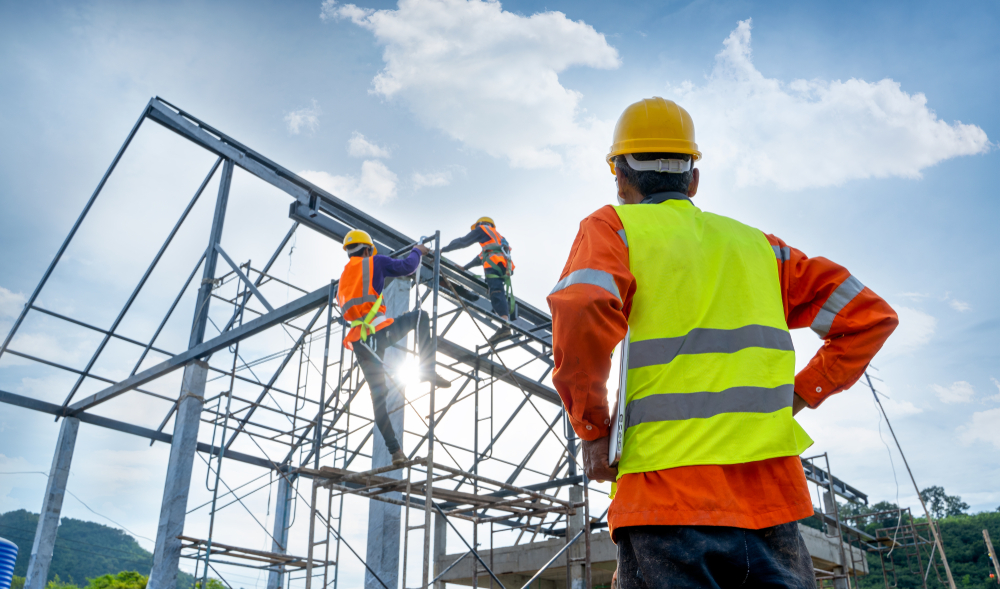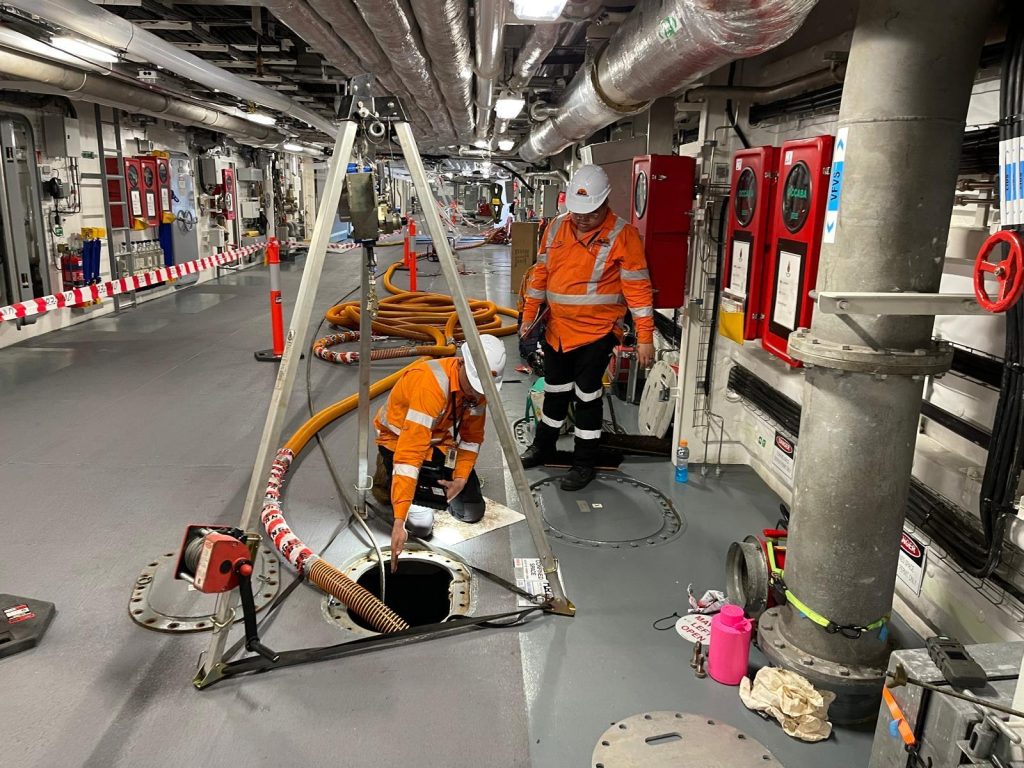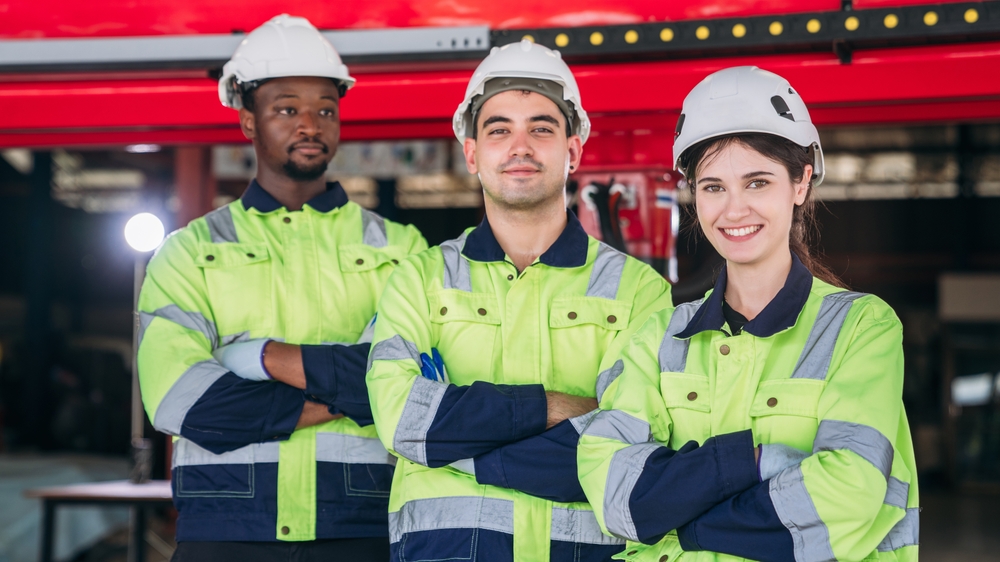Get A Free Quote
1300 007 782
Call Us On:
1300 007 782G10/RMS Accredited
Competitive Rates
ZERO Accidents or Injuries
25+ years combined experience
50+ years combined experience
Competitive Rates
G10/RMS Accredited
ISO Certified

Construction site employees frequently face hazardous tasks, such as working at heights or in confined spaces. Standby rescue teams can spring into action in the event of an emergency, providing swift and effective intervention.
A person conducting a business or undertaking (PCBU) has a duty of care to protect the health and safety of their workers. Risks that can’t be eliminated completely have to be minimised as much as possible, and construction site activity comes with more than its share of unique risks.
Construction is one of the top six most hazardous industries for Australian workers, with dangers ranging from confined spaces to electrical work, heights to traffic management, and dangerous chemicals to noise. Standby and support rescue teams help prevent accidents and workers’ compensation claims, which in turn help you uphold legal regulations and protect your business’s reputation.
A confined space standby rescue team improves employee productivity and motivation, demonstrating your commitment to the safety of your workers, even when they must enter hazardous areas.
SSTC is committed to helping you ensure a safer worksite from the project's inception to its completion. Here’s the SSTC guide to the role that standby teams play in construction rescue, and the many other ways you can improve security on your construction site.
The presence of a confined space standby rescue team is a legal and operational necessity in industries where workers frequently enter tight spaces. A confined space is defined as an enclosed or partially enclosed space that is not designed to be occupied by a person. Examples on construction sites include trenches, pits, sewers, tanks, and silos. A confined space standby rescue team is a specialised group of highly trained professionals that remain stationed on a site during activities in tight spaces, ready to perform rescue operations if necessary.
On construction sites and in other high-risk environments, standby and support rescue teams have a number of key roles, including:
The primary purpose of a highly trained construction rescue team is to respond immediately in the event of an emergency. A rescue team has the training and skills to remove a worker from a tight spot or dangerous situation and return them to safety. They possess specialised rescue equipment and can provide immediate first aid and trauma care.
Construction rescue teams continuously monitor the construction site environment. Trained to recognise the early warning signs, including unsafe workplace conditions and behaviours, they can identify a problem before it escalates.
Construction rescue teams don’t just respond to situations that have already occurred; they take a proactive approach to safety, involving early planning and preparation. Standby teams frequently participate in the risk assessment process, inspect the state of the rescue equipment and help implement rescue plans. They ensure that life-saving safety equipment, such as breathing apparatuses and gas monitoring devices, is fully operational and in good working condition.
In the event of a serious incident, the standby rescue team serves as the first point of contact between emergency services such as paramedics and the fire department. If emergency care is required, this team ensures a fast, professional handover.

Standby rescue teams are on hand to provide rapid emergency treatment if needed, and they can also help you utilise the safety equipment on your site to the best possible extent. Here are the key points of safety in construction that having an on-site standby rescue team increases:
Standby rescue teams undergo rigorous levels of training that give them in-depth, specialised knowledge. They can offer their knowledge during the preparation and planning stages, raising the level of safety awareness across your team.
Standby rescue teams require access to the most reliable, state-of-the-art equipment possible, which can enhance the overall quality of safety equipment on your construction site. They work hard to ensure that safety equipment is well-maintained, in good condition for use, and meets safety standards.
Planning is essential before work begins on a construction project. Standby rescue teams can assist with procedures and documents, such as risk assessments, rescue plans, and site-specific emergency training. Their knowledge and experience enhance and add an extra level of expertise to safety strategies and documents.
When it comes to safety, you need to stay adaptable. This is something standby rescue teams excel at. A reliable standby rescue team helps you continue to meet legal and regulatory requirements, adapting to changes in the law and your own work environment.
Apart from a confined space standby rescue team or an emergency response team, how else can you increase the level of safety on your construction site? Here are some easy tips to enforce for a stronger approach to site safety:
It’s important for a construction site to establish a safety-focused culture, starting with those in leadership roles. This includes thoroughly training all workers on safety procedures, encouraging them to report any safety concerns, and ensuring accountability when incidents occur.
With all the hazards on construction sites, PPE is crucial for all workers. Depending on the dangers, PPE can include items such as hard hats, safety harnesses, and eye protection, and should be specified in the company’s safety plan.
In addition to site-specific training, every construction business should have safety protocols in place for employees performing various tasks. These protocols should also be included in the safety plan.
A Safe Work Method Statement is a necessity for all high-risk construction projects. A SWMS should outline the scope of the work, identify safety issues, and outline risk management strategies. By law, you need to complete a SWMS before any high-risk construction work can commence.
For the safety of pedestrians in high-traffic areas, separate entry points should be established for heavy-duty machinery and extra-large vehicles.
Hazardous chemicals need to be stored in safe environments, such as explosive storage cabinets, away from incompatible chemicals and other activities.
In the construction industry, one first aid officer per 25 workers is the minimum required for optimal safety standards.

If you’re looking for a confined space standby rescue team to keep your workplace safe, look no further than SSTC. A safety-focused organisation trusted by some of Australia's largest construction companies, SSTC can offer you a standby rescue team available 24/7 in the event of an emergency. SSTC works closely with local authorities to ensure traffic is managed safely and effectively, with any necessary road closures and detours in place.
SSTC is an expert in site safety, boasting over 50 years of combined experience, as well as a one-stop shop for plans, permits, and documentation. Confined space safety is one of our specialties, and we can assist you with documentation, permit issuance, confined space setup, and emergency response teams.
Ready to enhance the safety standards on your construction site? Get in touch with SSTC for a free quote.